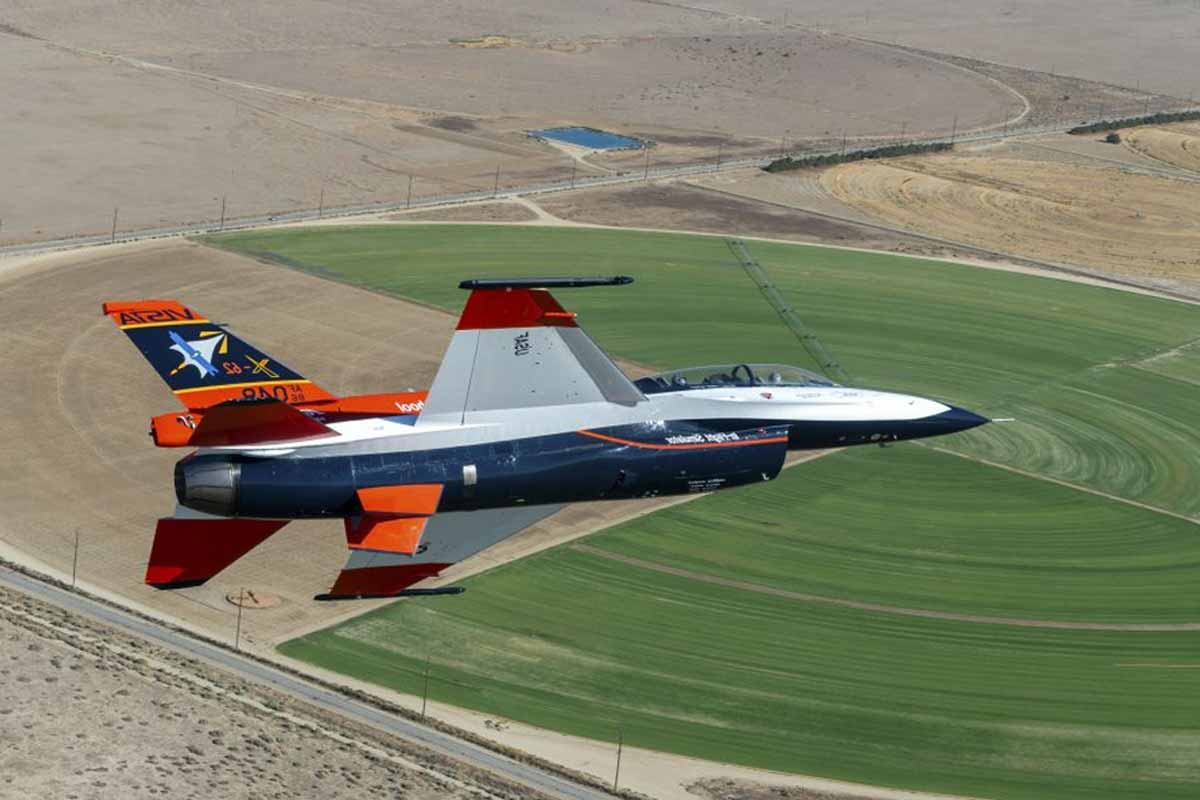Stealth wins because silence keeps pilots alive, and a new way of seeing now changes the rules. America is preparing a leap that blends optics, edge computing, and AI to spot threats without a ping. A compact pod watches in silence, so jets learn more while staying hidden. The promise feels clear: see farther, reveal less, and act first while rivals still guess. It points to routine surveillance without giving away position, which shifts tempo and choice.
What the ViDAR pod adds to fighter surveillance
ViDAR arrives as a 60-centimeter, tube-shaped pod under a wing or fuselage, designed for contested skies. It fuses multispectral cameras with onboard processing and an inertial measurement unit. It never emits, so it preserves stealth while sustaining persistent ISR, mapping activity without betraying position or intent during patrols.
Size, weight, and power demands stay low compared with legacy pods, according to the developer. That efficiency matters on fast jets where every kilogram hurts range and agility. Crews gain constant imagery and motion cues, yet remain radio-silent as onboard algorithms rank scenes by risk, urgency, and relevance.
Mounted externally, the pod swaps between day and night tasks without overloading pilots. Computer vision flags anomalies across land and sea, then stabilizes frames for clarity. Edge models pre-filter video, so only critical clips reach crews. AI cues drive faster decisions while displays stay clean and uncluttered.
How Shield AI turns passive sensing into actionable awareness
Traditional radars shout to see, and emissions can reveal you to waiting receivers. Passive vision flips that equation, building tracks from pixels, motion, and georeferenced cues. Sensor fusion stitches frames using precise timing from the inertial unit. It then stabilizes imagery so moving targets emerge from a noisy background.
Once stabilized, pattern recognition finds behaviors that hint at threats in clutter. Dark vessels with disabled transponders, fast attack craft, semi-submersibles, vehicles, and personnel on foot stand out. Processing sits on the pod, so latency stays low. Crews receive clean tracks aligned to mission maps for rapid tasking and interception.
The workflow scales from coastline patrols to force protection around carriers and bases. It complements radar when emissions are safe, yet substitutes when silence matters most. Mission planners blend feeds with existing networks. AI prioritizes cues and trims false alarms that waste fuel, time, and attention, aiding environmental monitoring.
Targets that radars miss, and ways to close the gap
Operational benefits show up in workload, survivability, and targeting quality across missions. Silent search lowers intercept risk, and constant video raises confidence on identification and intent. Ground teams gain better cueing for interdiction. Maritime patrols tighten lanes where smugglers or saboteurs try to slip unseen during bad weather.
Common errors fade when automation handles the dull, dangerous, and fast cycles. Checklists enforce scan patterns, and alerts gate only verified events to the crew. Units shift doctrine from sweeping with radar to stalking with optics. They prosecute with precision munitions once rules of engagement are met.
The pod can work alone or alongside legacy sensors, so adoption stays flexible. Air arms modernize incrementally without grounding fleets or rewriting tactics from scratch. Over time, standardized mounts and open data formats expand compatibility. AI model updates add fighters, drones, helicopters, and long-range patrol aircraft worldwide.
Timelines, figures, and the expanding ecosystem around ViDAR
Founded in 2015 in San Diego, the team behind ViDAR also fields the V-BAT platform and Hivemind autonomy software. Offices span the United States, Australia, Ukraine, and the United Arab Emirates. Briefs cite lower size, weight, and power than peers, with passive range tuned for contested seas and land corridors.
Reports describe rival advances: space sensors said to resolve faces from orbit, and quantum processors claimed to leap conventional speeds. Astronomers chart black-hole light shows with James Webb; NASA notes Mars milestones and updates asteroid risk models. Meanwhile, a 250-mile solar park feeding Beijing underscores the race’s resources and incentives.
Numbers matter for planners: pod length near 60 centimeters, external carriage, and multispectral optics. Specifics vary by aircraft, yet integration targets standard hardpoints and power budgets found across many fleets. Software roadmaps point to faster edge inference so AI can classify more objects with less bandwidth and fewer operator touches.
Training, teaming, and future air combat shaped by AI
Modern fighters already edge toward autonomy as software steadily matures. Upgrade kits on types like the F-16 enable pilot-optional modes, and loyal wingman drones extend reach while absorbing risk. Adaptive simulators shape training as they measure performance, closing skill gaps before squadrons deploy into demanding, multi-domain environments.
The same loop links sensors, training, and tactics across units in practice. Pods teach crews new rhythms, simulators rehearse them repeatedly, and teams then validate those patterns in exercises. As sixth-generation designs arrive, cooperative perception turns silent vision into massed effects that matter without adding emissions or workload.
Future kits likely bundle passive optics, secure datalinks, and autonomy aids as defaults on many fleets. Standard equipment makes procurement simpler and sustainment cheaper across services and allies. With ruggedized compute at the edge, AI turns surveillance into a persistent service that protects forces and shortens sensor-to-shooter timelines.
Why silent sensing now resets the rules of aerial surveillance and deterrence
With passive vision moving to the wing, commanders gain choices they lacked when emissions invited danger. They can watch longer, move safer, and strike only when certainty is high. Fleets adopting ViDAR-class systems make AI the quiet multiplier that preserves stealth while lifting clarity. That shift blends survivability with precision and shortens decision loops. Stronger sensing reduces guesswork, buys time, and steadies deterrence. In a crowded sky, silent awareness is decisive.
